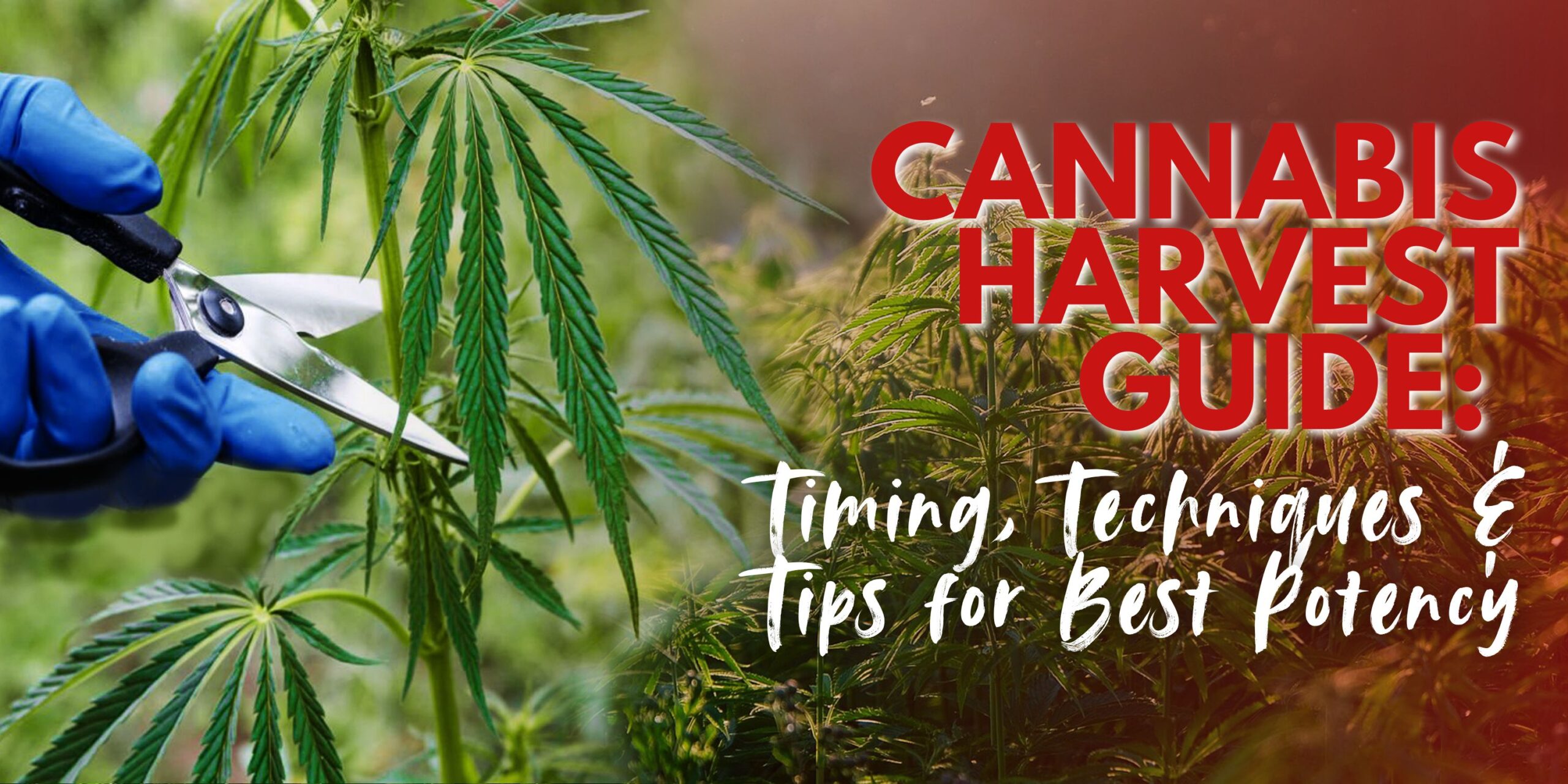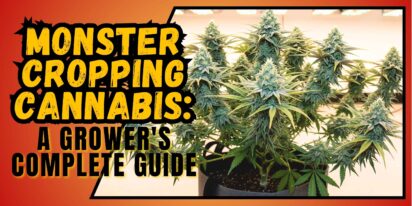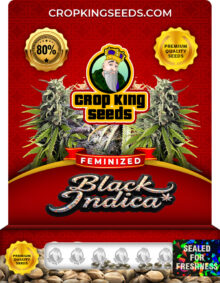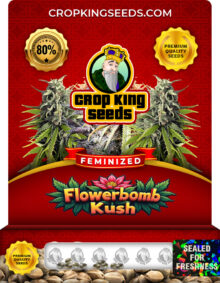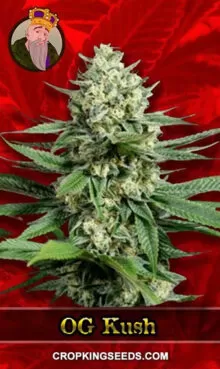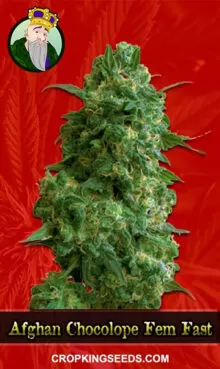In a sensitive stage of the growing cycle, harvesting cannabis directly affects the quality, potency, and general yield of the plant. Whether you are an amateur or a professional grower, you can enhance the quality of your final product by understanding the best time to harvest cannabis. From feeling the perfect ripeness to using sophisticated drying and curing techniques, this all-inclusive book will walk you through every vital stage of cannabis harvesting, so your crop is designed for optimum potency, flavor, and olfactory appeal.
How to Tell When Cannabis is Ready to Harvest
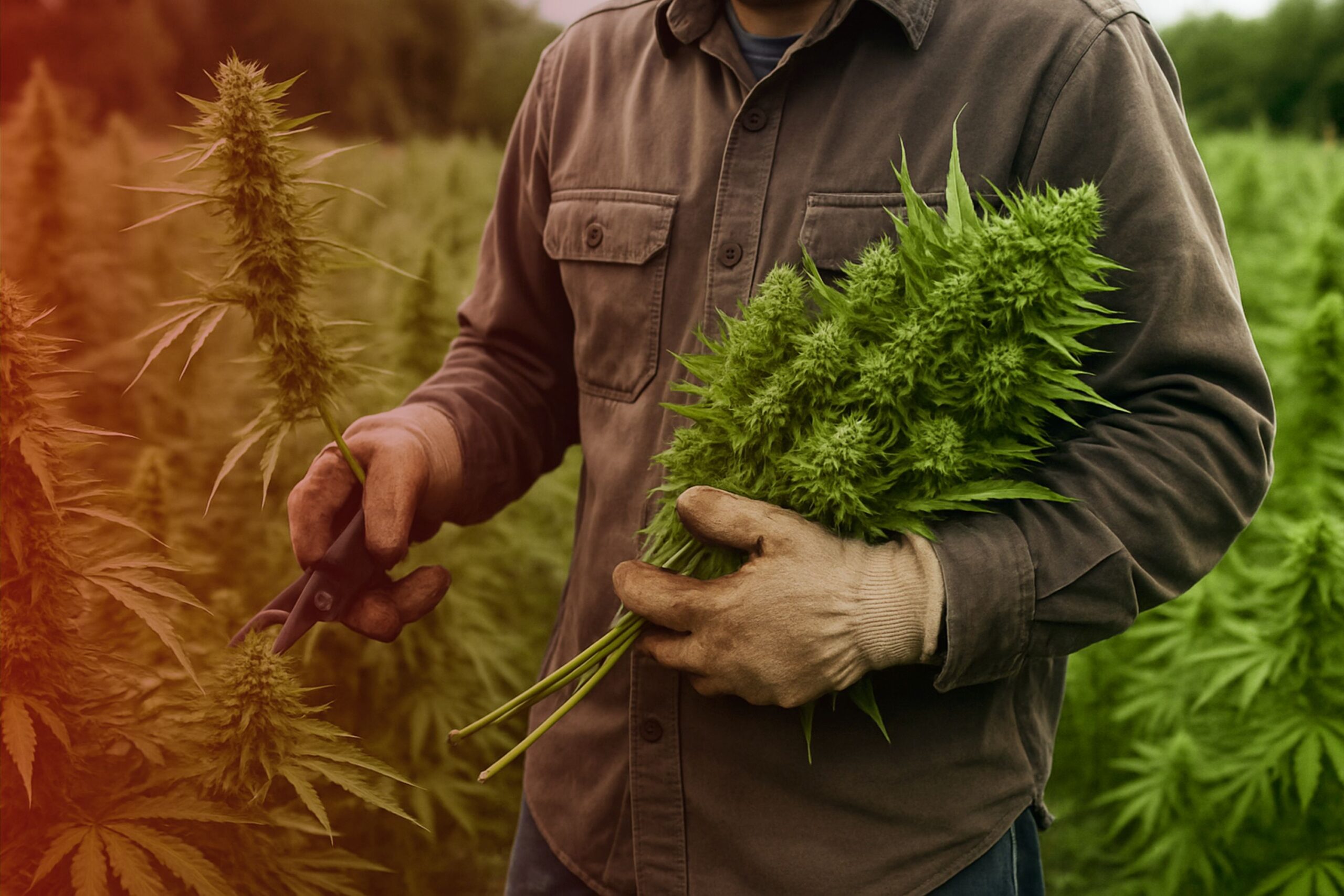
A cannabis grower’s most crucial decision could be when to harvest. Though every plant matures at its pace, shaped by environmental factors, genetics, and cultivation practices, flowering time projections on seed packs provide a general guide. Visual surveillance of the plant’s reproductive parts—especially the trichomes and pistils—is required to maximise your yield.
Trichomes, the mushroom-shaped glands in the bud, and a sugar leaf size are the best signs of maturity. Initially clear, they indicate immaturity and gradually grow to cloud as THC gets powerful. Cannabinoids in gland heads have the greatest concentration density as soon as they become firmly hazy. Harvesting only when a portion of these trichomes is amber gives a possibility for some of the THC to oxidize into CBN, a compound with sedative-inducing qualities. Growers can adjust the psychoactive component of their blooms using this carefully calibrated mix of hazy and amber trichomes.
Apart from trichomes, pistil hue is also offering corroborating proof. As the plant ages, the white, upright hair-like trichomes darken to an orange or reddish hue and coil back. Usually, a significant percentage (70–90%) of dark, retracted pistils accompany the ideal stage of trichome growth. Never rely solely on pistils for measurement; always confirm with a magnified trichome sighting for precision.
When to Harvest Buds: Best Time of Day
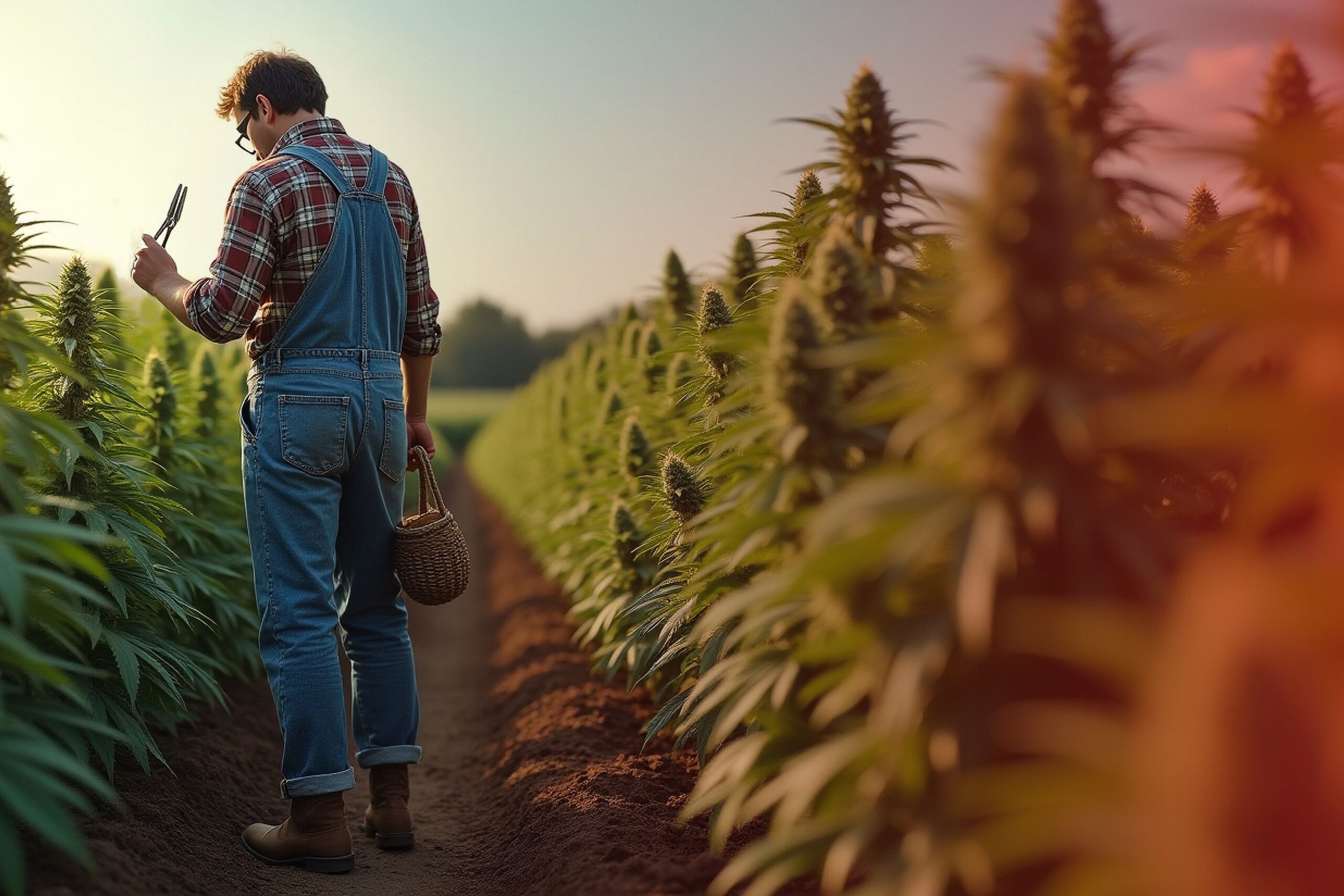
Most gardeners emphasize plant maturity, but the time of day you harvest cannabis will greatly influence the chemical makeup of your buds. Cannabis plants also undergo metabolic changes over their day-long light cycle. During the dark period, especially the hours before sunrise or lights-on in indoor grows, terpenes are highest and stress-related chemicals are lowest.
Early-morning harvest—or late-night harvest, at the conclusion of the dark cycle—preserves volatile terpenes that would evaporate or break down under full light and heat. The strain’s flavour, aroma, and entourage effect all have terpenes as main ingredients. Harvesting early in the morning results in a smoother, more fragrant end product by reducing terpene loss.
Some farmers, too, choose to lengthen the dark period by 24 to 48 hours before harvest. Inducing some moderate stress on the plant is believed to raise resin output and terpene levels even more. Not used by everyone, this technique has shown benefits in comparison studies and may be a great supplement for anyone seeking the finest outcomes.
Cannabis Harvesting by Steps
A slow and gentle harvesting procedure guarantees that potency, flavour, and yield stay intact from plant to jar, potency, flavor, and yield stay intact. Your drying facility has to be sterilized, climate-controlled, and well-equipped to serve your crop even before you start making that first cut, so preparation starts. Trichome preservation and moold or decay prevention will be aided by a room of perfect temperature (60–70°F), humidity (50–60%), and total darkness.
Flushing the plant two weeks before harvest with straight water removes leftover nutrients from hydro or soil system, allowing it to burn up stored nutrients held in the plant, causing the leaves to yellow and the buds to be smoother when smoked. Flushing is particularly crucial if you are using synthetic nutrients salt and minerals harm taste and burn quality when not flushed away.
When the time comes, select your preferred cutting method depending on humidity, size, and space. Full plant harvests let you dry slowly, thereby maximising terpene preservation. While wet-trimming bud by bud is ideal in small quarters and high-humidity environments where mould becomes a concern, cutting branch by branch offers more control and air movement. Always use clean, sharp clippers and work the plant cautiously to prevent bruising trichomes and harming fragile components.
Wet Trimming or Dry Trimming
For cannabis growers, one of the most contentious issues is whether to wet trim or dry trim their buds. Both approaches have benefits; the decision comes down to your tastes, area, and weather.
Wet Trimming
Wet pruning takes place right after the plant is harvested. When the buds are still fresh and wet, the sugar leaves are cut off and the surplus leaves are removed. In damp locations, where there is a possibility of mold or mildew after drying the buds, moist trimming is usually preferable. Wet trimming dries the buds more quickly; hence, it stops mold formation.
Dry trimming
Still, dry trimming is a process of drying the buds out for a few days before pruning. The process maintains the fragile trichomes and terpenes that give taste to the cannabis by allowing the sugar leaves to wrap around the buds. Because the procedure is slower and more controlled, dry trimming also helps the buds dry out more uniformly. Dry trimming’s main drawback is that it takes longer and may require more storage space to hang the plants correctly.
How to Keep Potency and Terpenes After Harvest
Drying is when farmers create or destroy the crop. Drying them wrong causes poor smoking experiences, chlorophyll retention, and mold. You must gently dry the cannabis over 7–14 days, depending on the surroundings. Rushing it might greatly affect the final odor and cannabis concentration.
Keep darkness during drying, as UV radiation destroys THC and other cannabinoids. Adequate airflow requires buds to be dispersed widely enough apart; branches should be routinely checked for mold and mildew. Monitor temperature and humidity with a hygrometer; if they exceed 60%, increase ventilation or use a dehumidifier to prevent issues.
When smaller stems snap cleanly and don’t flex, and buds crisp up on the outside but remain springy to the touch, the drying process is complete. For long-term storage, the ideal final moisture content is 10–15%. Too dry will burn hot and be unaromatic; too damp might promote fungal infection and botched drying.
Curing Cannabis: The Last Stage to Smoothness and Flavour
Curing is where the enchantment occurs. Sealing buds in airtight vessels like mason jars starts the curing process after drying. This lets moisture get very deep inside the flower to gradually spread and leave the buds in a controlled environment, therefore preserving the blooms strength and emitting rich taste characteristics.
Daily “burping” jars are vital for the first one to two weeks of curing; open lids for 10 to 15 minutes to allow moisture to escape and air to be replenished. It prevents anaerobic conditions that could encourage mildew or mold. Every jar will have a tiny hygrometer to let you track internal humidity. Try to keep 58–65% RH for the perfect curing conditions.
Though most experienced growers prefer curing for 6–8 weeks or more, curing should be done for at least 2–4 weeks. With age, the buds get smoother, the smoke less harsh, and the aroma more fragrant. Well-cured batches improve not just the smoking quality but also the shelf life and market value.
Different Cannabis Effects’ Harvest Timing
Every high from cannabis is different; the timing of harvest can greatly change the kind of high or therapeutic benefit you experience. The hazy-to-amber trichome ratio primarily determines these results.
Harvesting trichomes predominantly cloudy (little to no amber) provide buds with the highest THC content and a cleaner, more uplifting, cerebral impact. This is ideal for social communication, creativity, and daytime use. Sativas and high-energy hybrids benefit the most from this period.
Waiting until about 20–30% of the trichomes become amber produces a balanced impact. A little bodily rest will provide you with great psychoactivity. Recreational users and those looking for both head and body relaxation will find this middle-ground harvest perfect.
THC starts to break down into CBN when most trichomes have gone amber, offering additional sedating and pain-relieving properties. Indicas are best used at night, and medical patients seeking deep relaxation or sleep aid benefit most from this dosage.
Mistakes in Common Harvest to Avoid
Avoid certain errors that could compromise the quality of your cannabis to ensure a lovely harvest. Here are some common mistakes to avoid:
- Harvesting too early could result in weak buds with low potency and harsh smoke.
- Harvesting Too Late: Too late harvesting can lead to lower THC levels and a more sedative effect than preferred.
- Under improper circumstances or too rapid drying, cannabis may lose its terpenes and cannabinoids.
- Skipping the cure stage is crucial for enhancing taste, scent, and overall experience. Skipping this stage will result in unpleasant, severe smoke.
Growers can give a high-quality, strong product that offers the most pleasure by following the correct harvest method and avoiding these errors.





